Imagine a world without the concept of zero. A number that represents nothingness, emptiness, the starting point for all modern mathematics. Now, think about an ancient civilization that, centuries before others, had already understood and used this revolutionary concept: the ancient Maya.
The Mayan civilization was one of the first to invent zero. It was necessary for their numeration because the Maya had a positional system, meaning a numbering system in which each symbol has a different value depending on the position it occupies. They used a dot for each unit to indicate numbers from 1 to 4, a horizontal line for the number 5, two superimposed lines for 10, and three for 15. With the corresponding dots placed on top of the line or lines, they complemented the numbers from 6 to 19.
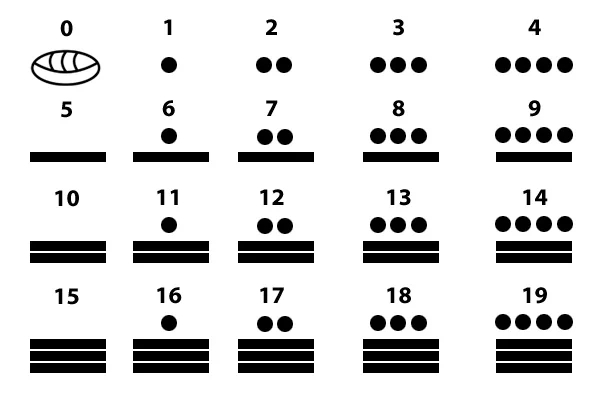
For example, the number 6 was represented with a line (5) and a dot (1) above it; the number 17, with three lines crowned with two dots, and so on. From these simple elements, any quantity could be ciphered. But to this, we must add one more: zero, which appears as a snail in the codices and as a flower or part of it in the stelae and monuments.
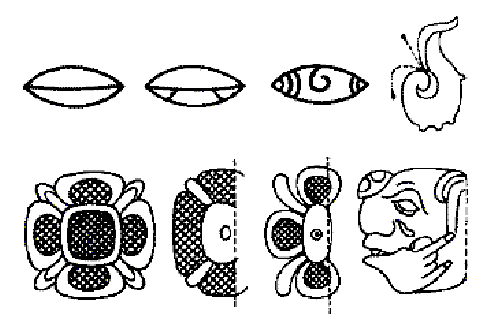
This innovative Mayan numerical notation was extraordinarily versatile and efficient. It allowed them to perform complex mathematical calculations, keep historical records, and measure time accurately. Additionally, zero was not just an empty symbol; it symbolized the beginning of everything, the starting point for creation and knowledge.

And now, with the Tren Maya, a window opens to this incredible culture. Through this marvelous journey, travelers will have the opportunity to visit and learn about the Maya culture at its historic sites, exploring ancient temples, sacred cities, and immersing themselves in an enriching experience that celebrates the legacy and wisdom of this ancestral civilization.
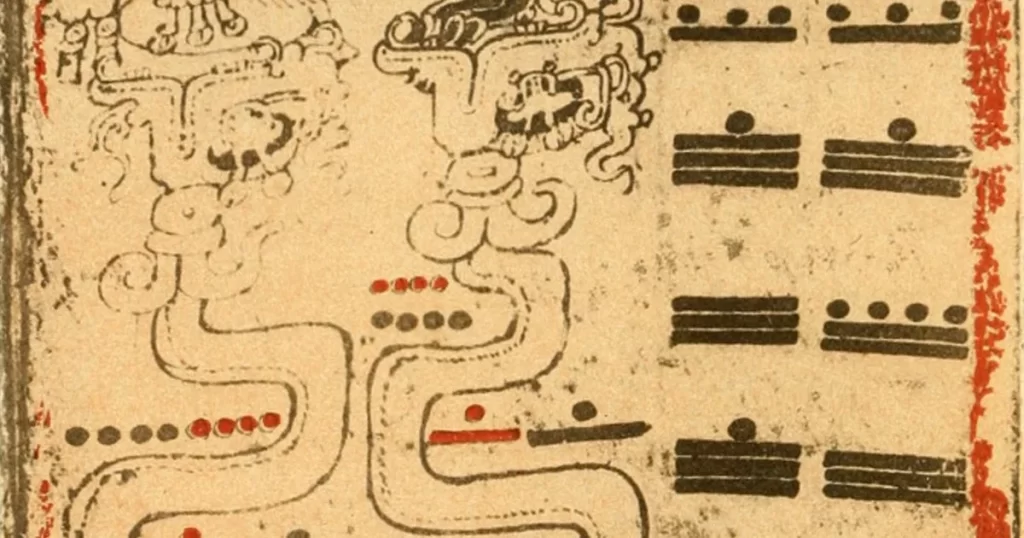
Zero, along with its ingenious numerical system, is a tribute to the mathematical brilliance of the ancient Maya, whose legacy in mathematics endures to this day.

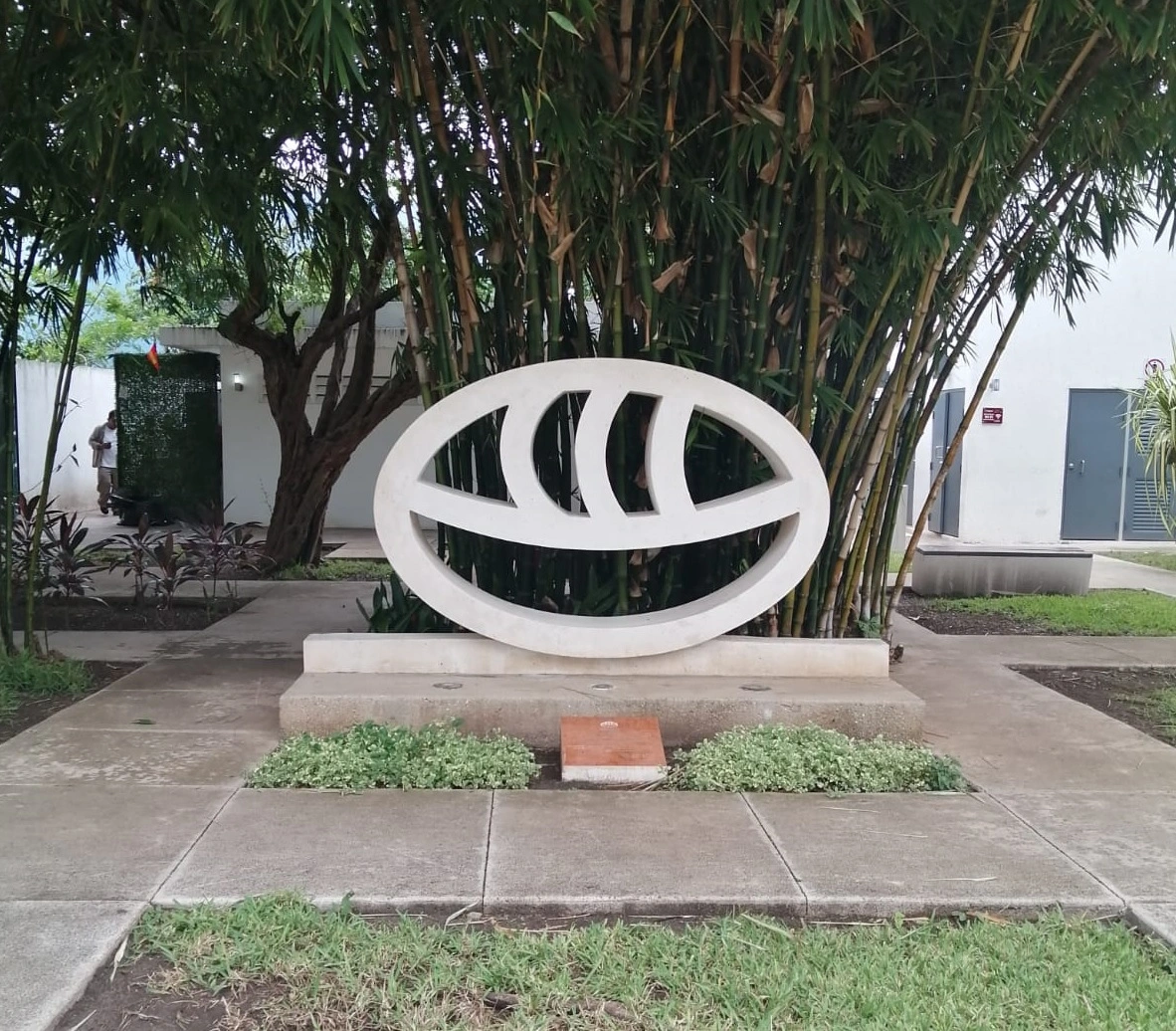



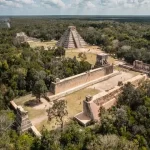

Leave a Reply